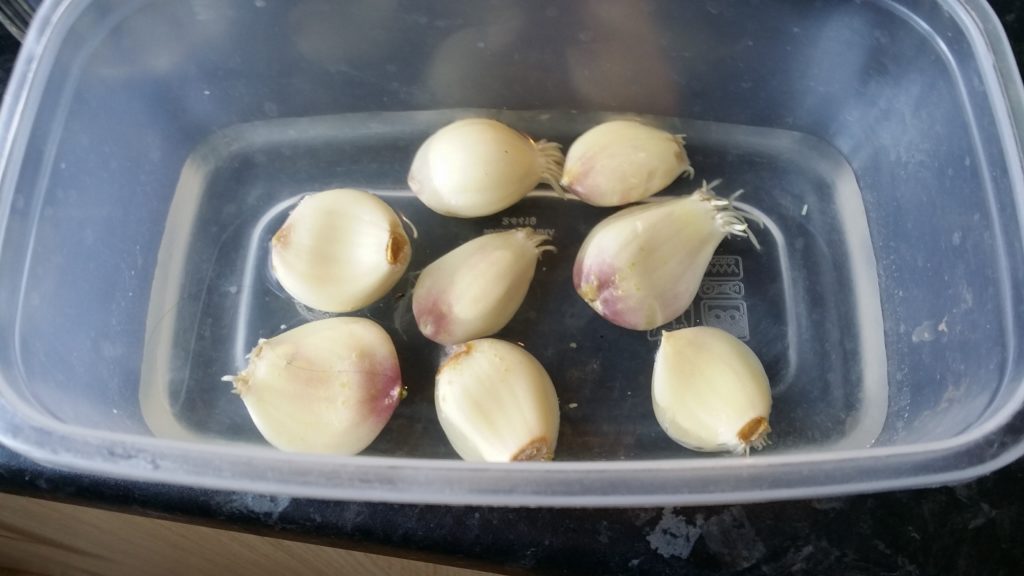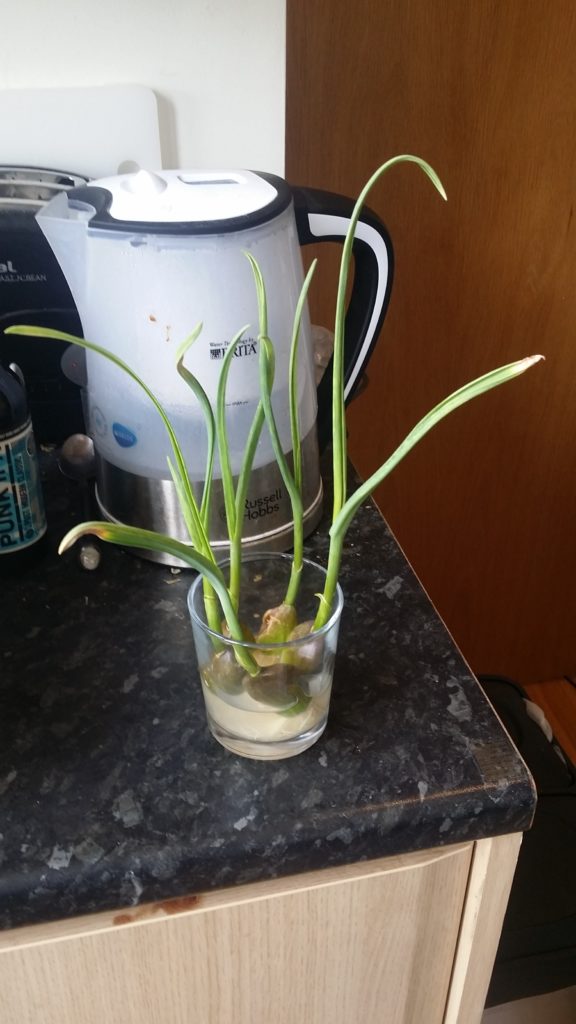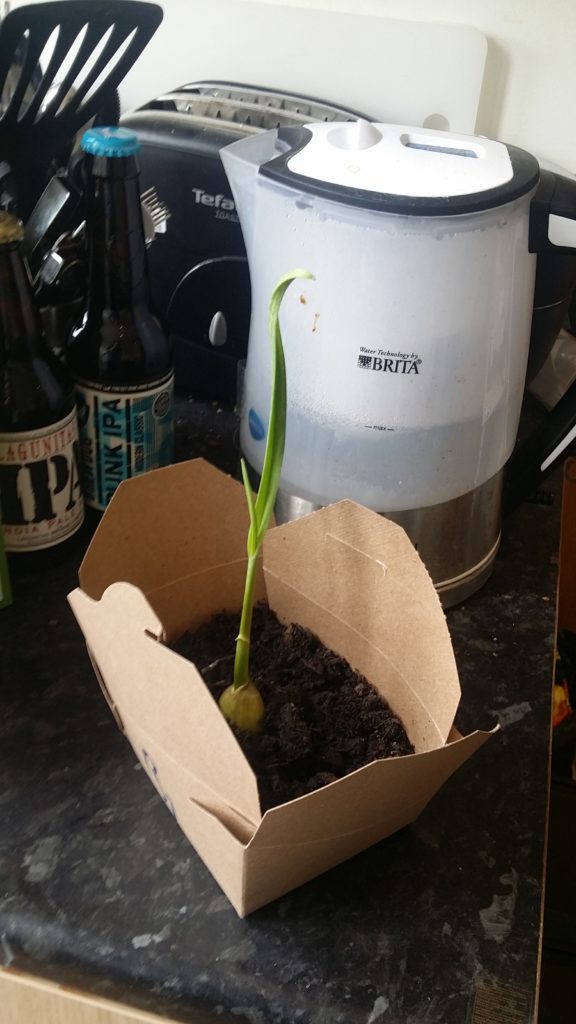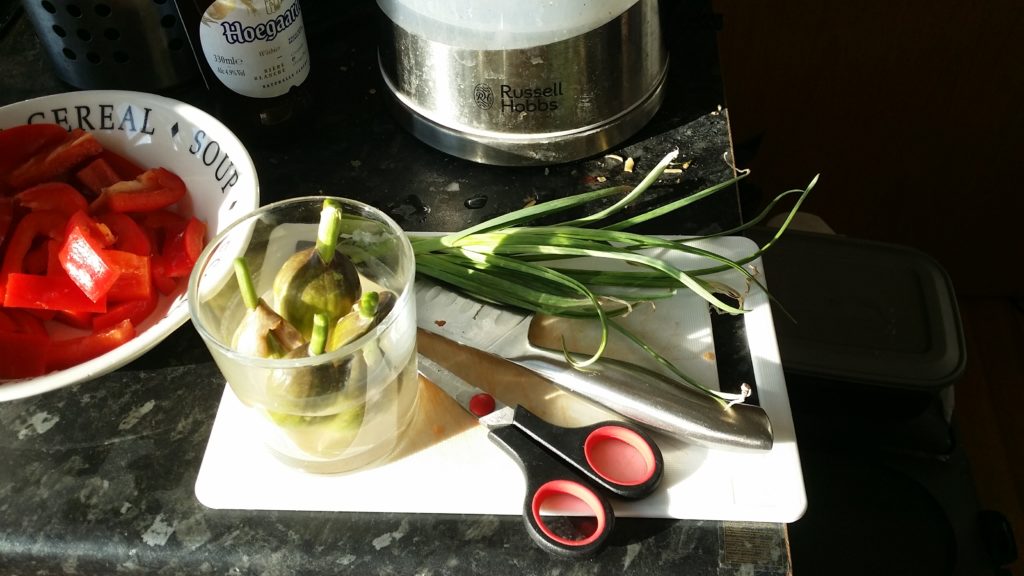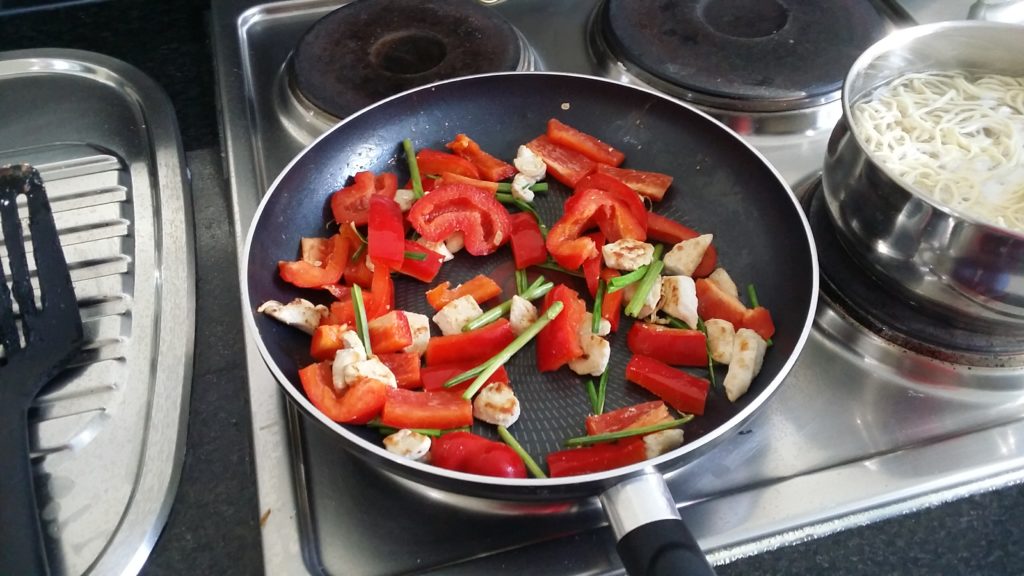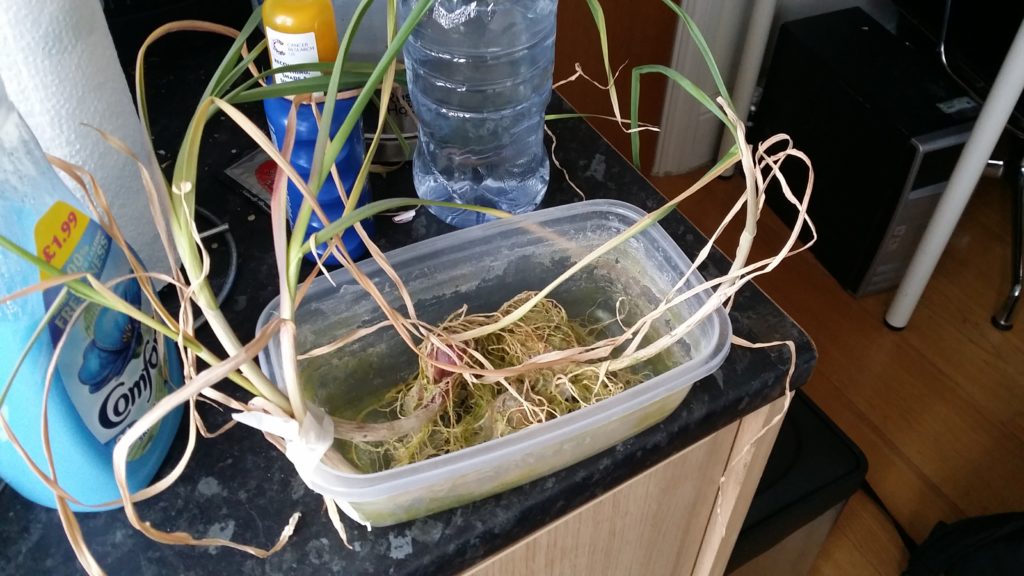The Root to Root Initiative is a piece of systems design which manifests towards the public as a supermarket campaign and aims to address some of the systemic underpinning of food waste.
Almost half of all food produced for consumption is wasted in the west. This brief asked us to consider the problem from the perspective of behaviours and human-cantered design.
Beginning research, I wanted to analyse the underlying systemic issues to see if the behaviours they produce could be subverted. I rejected the reductive notion that ‘people are just lazy and wasteful by nature’, that no underlying systems played into domestic food waste and all that mattered was “consumer behaviour”.
However I was taken aback by the claim that the majority of western food waste is domestic, as opposed to in the global south where almost all waste happens at production.

The research to follow explored a range of topics:
- The suburban model of urban planning as it relates to food source availability. With a fixation on large do-everything supermarkets and shopping centres, packaged goods in standardised portions, usually one per suburban area or multiple in the same locale.
- Policy fixation on automobile dependency, auto-centric infrastructure, and how this drives people towards a concept of “the weekly shop”, i.e. larger purchases (in terms of number of items and quantity), more spontaneous and speculative purchases.
- Both feed into a cycle of building larger appliances, greater kitchen storage space focus, and reduced meal planning. This leads to increased date-code expiration, re-purchasing of items forgotten about, higher usage of repeatable meal patterns. Often accompanied by repeatable meal planning with an emphasis on pre-processed foods from unsustainable practices.
- And of course, how time pressures facing people reinforce these patterns, drive over purchasing, and negate meal planning capability.

Root to Root, the name inspired from ‘Cradle to Cradle’, has three main consumer touch points aimed at closing the loop of food production and communicating an idea of circular economy in customers with the intention of driving not only change in individual behaviours but also attitudes towards waste in general.

In order to tackle such a large systemic issue with a meaningful product outcome, I narrowed my focus to look specifically at the suburban supermarket, and focusing on fresh foods given their high import rate, high wastage quantity, and shorter date-code life’s.

Component One: Branch Layout and Assortments

First case study, a large supermarket with dedicated fresh section 
Plastic bag dispensers can be re-fit for various sized paper bags. Increased dispensers with dedicated packing table added. 
Second case study, a mid-sized supermarket with more facilities packed in around the fresh section. Modelled on Salisbury’s Camden Town. 
A smaller packing table is added. 
Third case study, a convenience store with a typical three-isle layout. 
Even with such a small space, minor additions can be added without disrupting the existing layout.
Fresh produce is now sold in the style of a farmers market, with minimal packaging, replaced with paper packaging and much of the foliage and roots left on. This is done for numerous reasons; to connect users to the ‘reality’ of food (away from intensive processing), to keep preservatives in the soil, reduce packaging waste for bulk-buyers, reduce food waste for people seeking small quantities and so forth.
This also connects to the other components in that many fruit and vegetables can be revived long after they would be assumed useless by placing them in water or planting them, assuming enough foliage and roots are attached.
Component Two: Fresh Produce End-of-Life

Customers without access to composting facilities can bring in their food waste which, leveraging the existing distribution networks to put the waste through a process of separate-source organics, composted and reused in the production process.

Component Three: Community Engagement
I admit that, up until this project, I was highly sceptical of the whole ‘diy micro farming’ trend. I set out to try it myself, to gauge just how much experience or effort was required. I used a single store bought garlic, dumped the cloves in water (some in a large Tupperware, others in a tumbler glass) and left them.
Within days the cloves began sprouting, within a week I had shoots, and by the end, the only thing that stopped the growth of the main plants (one of which had been transferred to a compostable container, the others still in their original Tupperware) was the 2018 heat wave, with subsequent years reaching similar temperatures consistently.
Midway through I harvested the tumbler based plants to see how they would respond, regrowth occurred days later and could be harvested again within a week. I specifically mention the heatwave as it demonstrated that a truly hands-off anyone-can-do-it approach has a set of limitations but is not nearly as inaccessible as I once thought.
A mini community market will be hosted in store where people can bring in sprouted vegetables or experimentation in horticulture and give them to someone who could make use.
Customers would be encouraged to not force plant-items to last past their natural shelf life, and also to allow out of date vegetables to sprout, leveraging ‘regrowth’ techniques such as the images above. These sprouted items could be brought back in-store to be displayed along side the fresh items for other customers to take if they desire, using RtR branded low cost compostable containers such as these takeaway tubs.
Items which no one wants or could not be regrown could utilise the composting facilities mentioned above.
This is intended to build on the current trend for home food-growing and contribute to community building, creating a focal point much like a community noticeboard at the entrance to the shop.
By showing individual actors how their small actions are capable of impacting and facilitating a systemic issue, customers are empowered and given a sense of agency which will drive engagement. Inspired by the “its on us” initiative at Waitrose & Partners, the costs of running the initiative and potential impact on fresh veg sales would be inconsequential versus the reputation bolstering and goodwill generated for the host.


Branding and communication plays an integral role in the Root to Root scheme, this leaflet is one of a range of materials produced to aid this, communicating the precedent and system in plain terms. On the reverse side is a mini poster detailing ideas for small-scale, indoor horticulture to incentivise users to take an interest.
The second image is one of a series of simple posters, taking design cues from current advertising trends with large supermarkets. This particular poster introduces the community market by presenting a ‘useless’ vegetable and a use for it.

A flow chart overview detailing the total resource flows around the supermarket supply chain once Root to Root is implemented.


